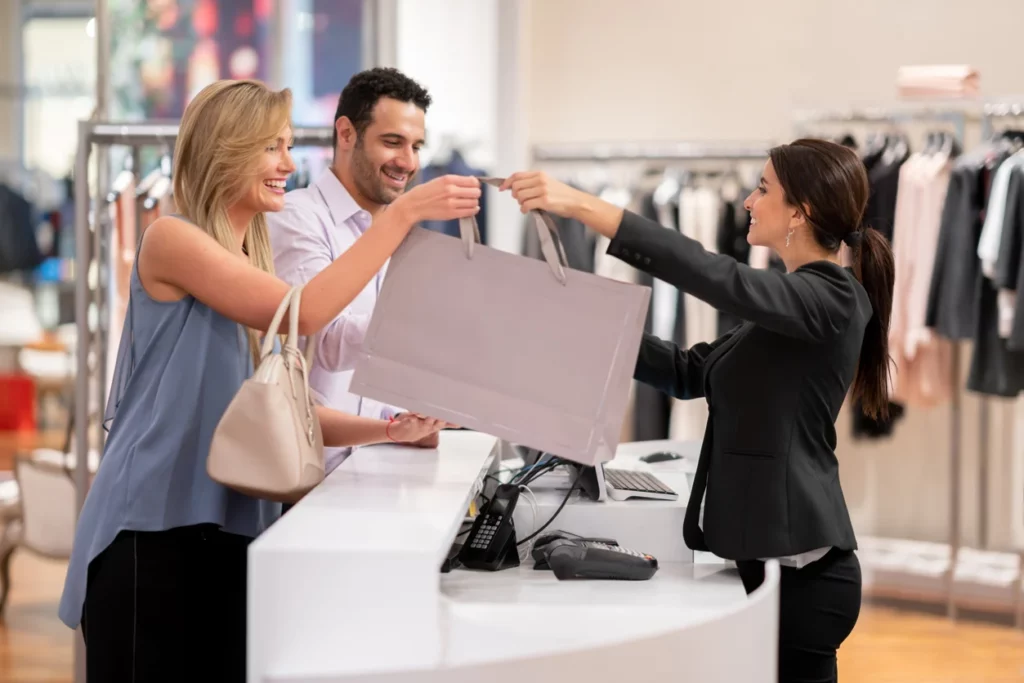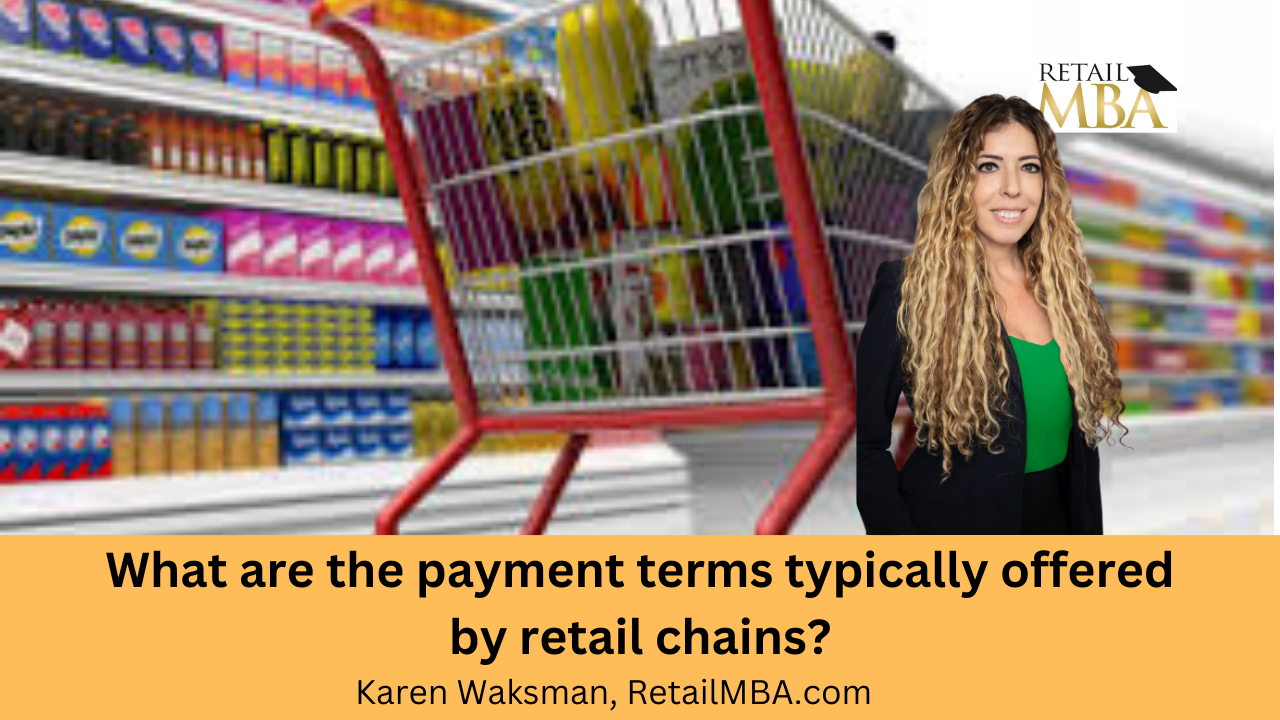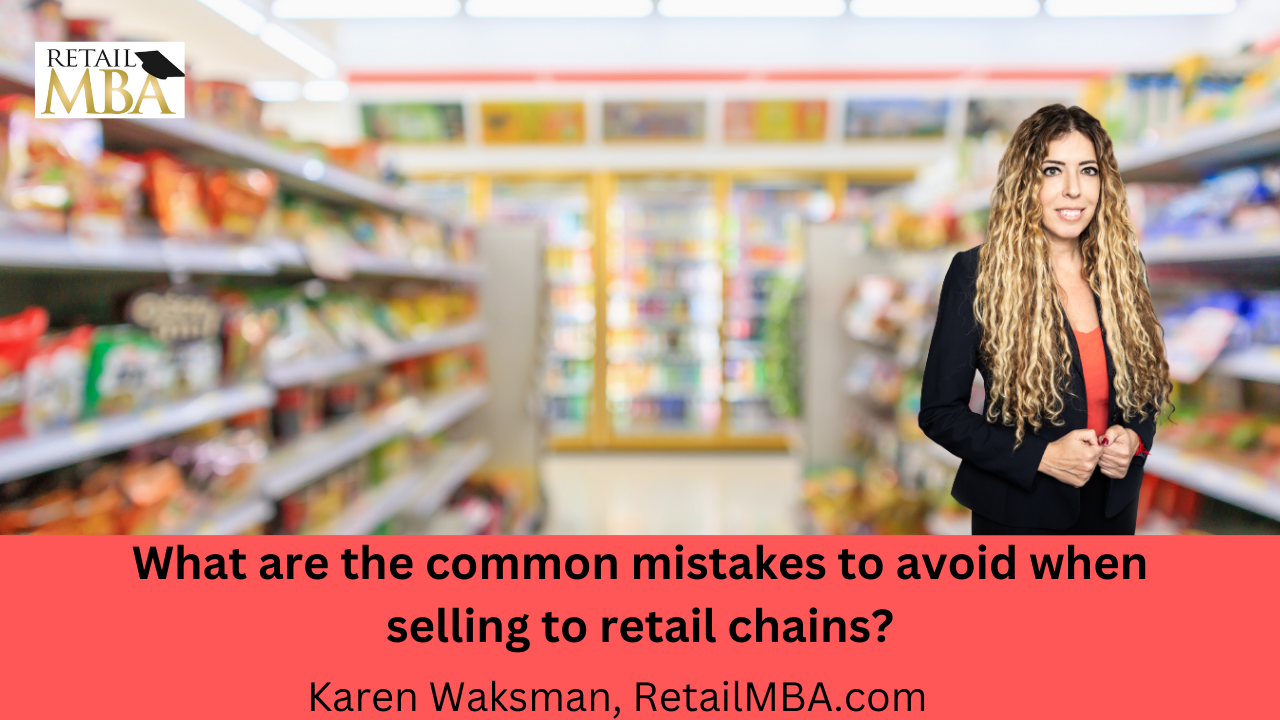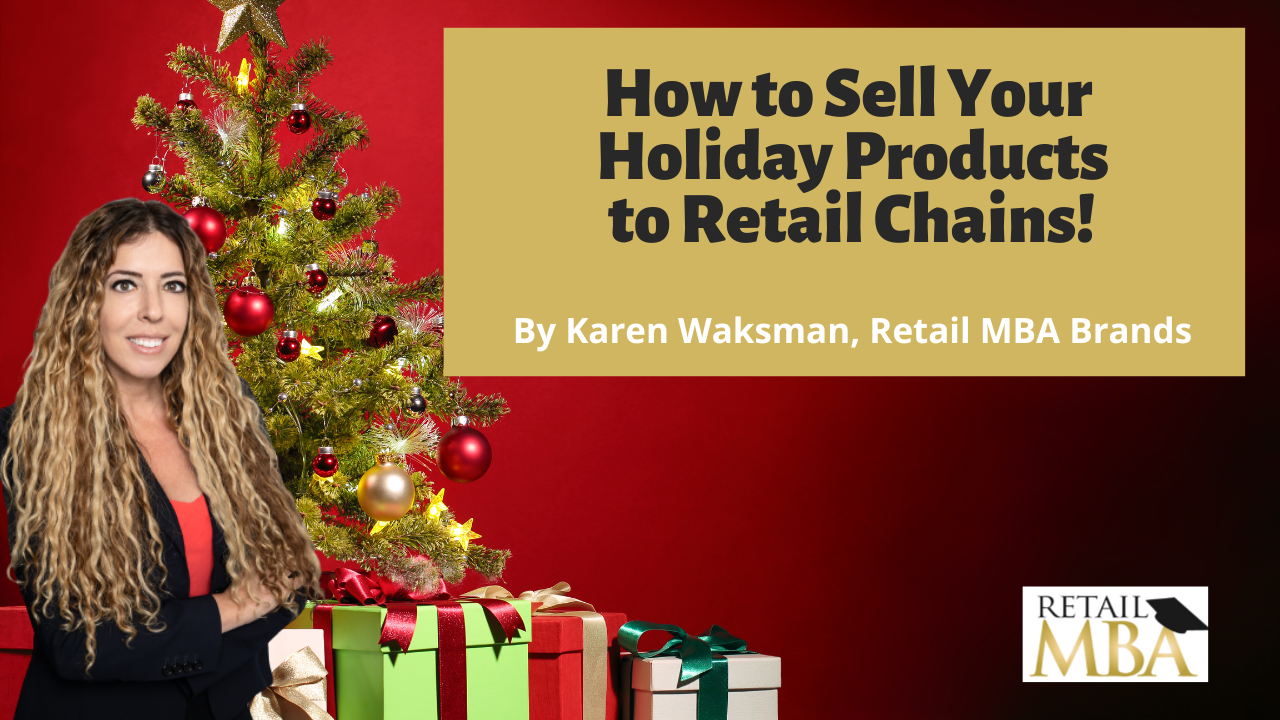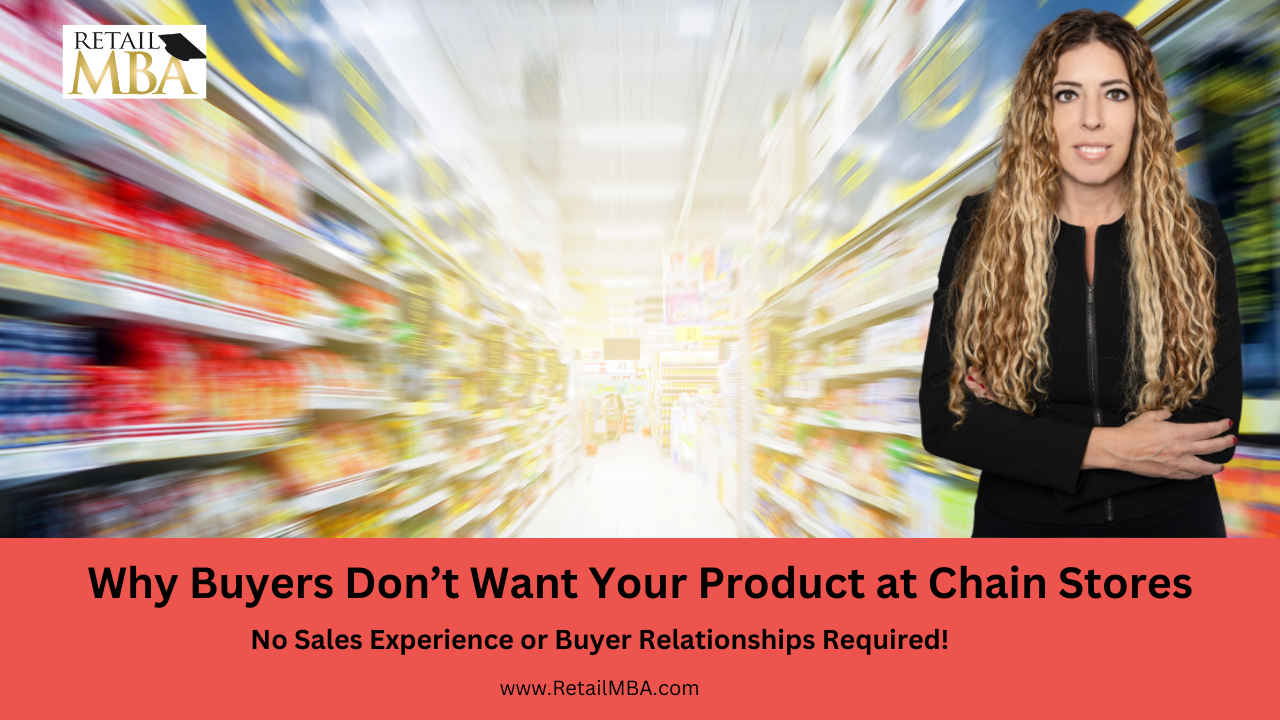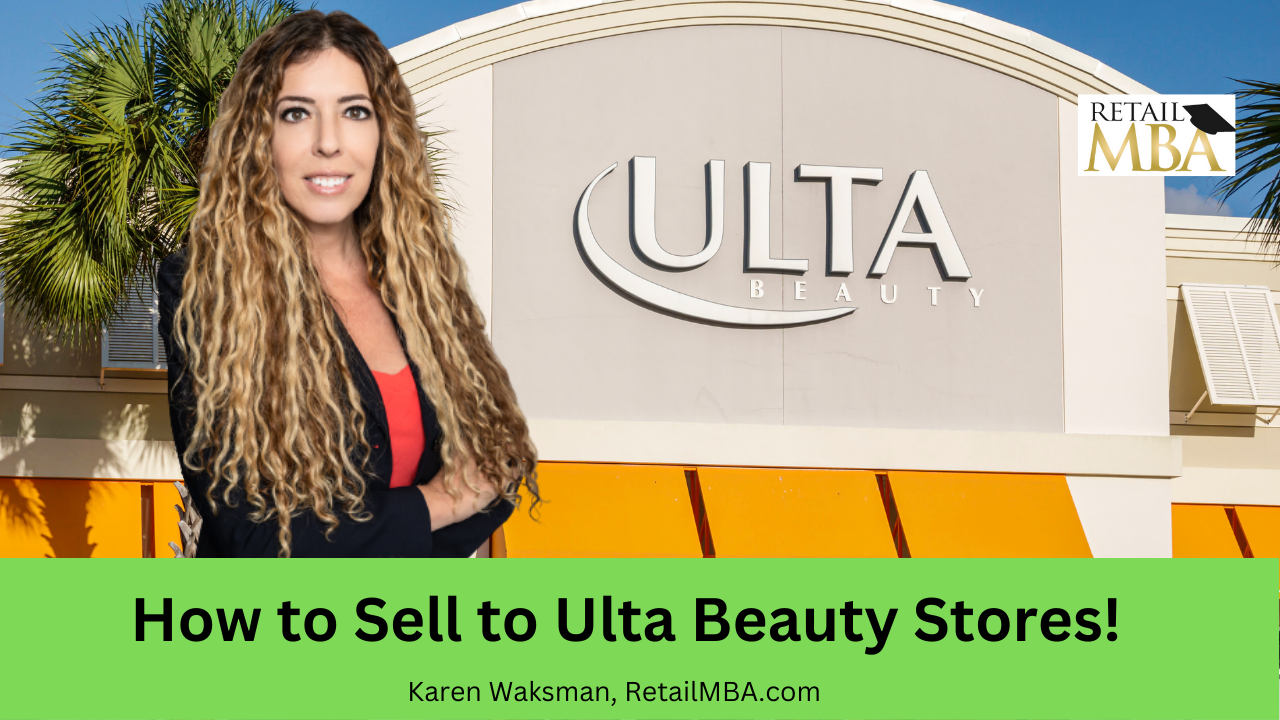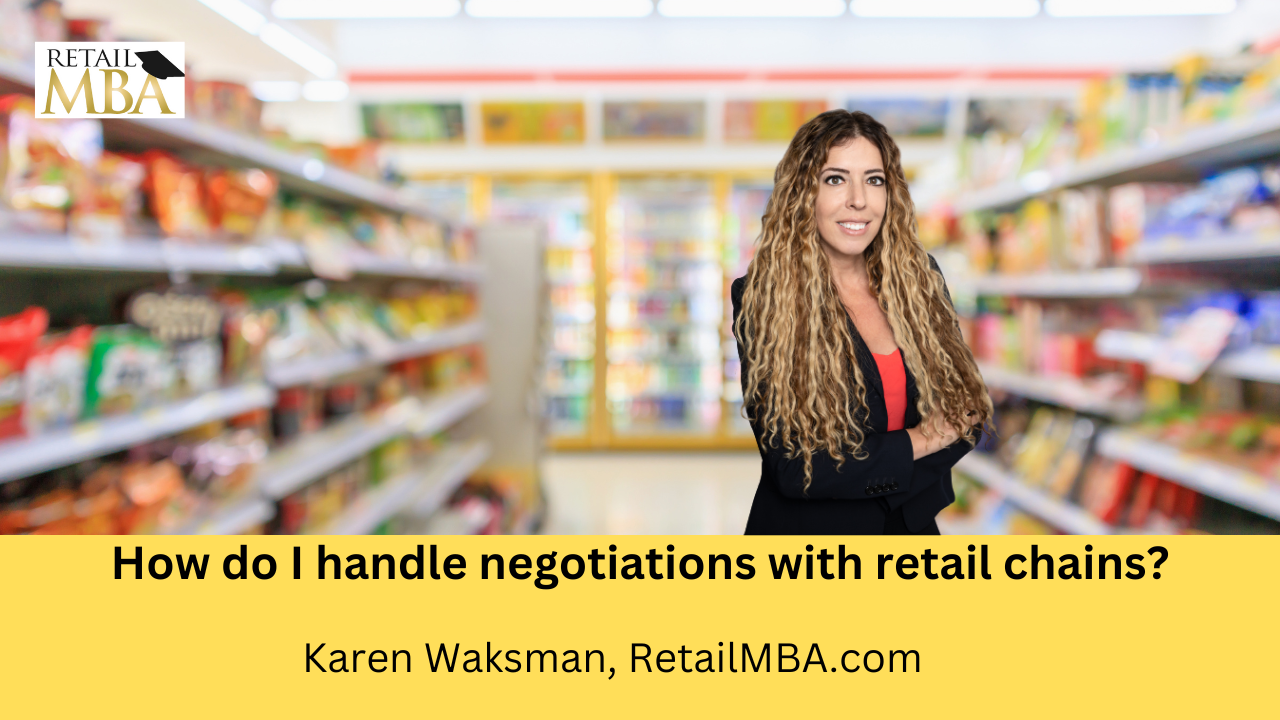Retail Marketing
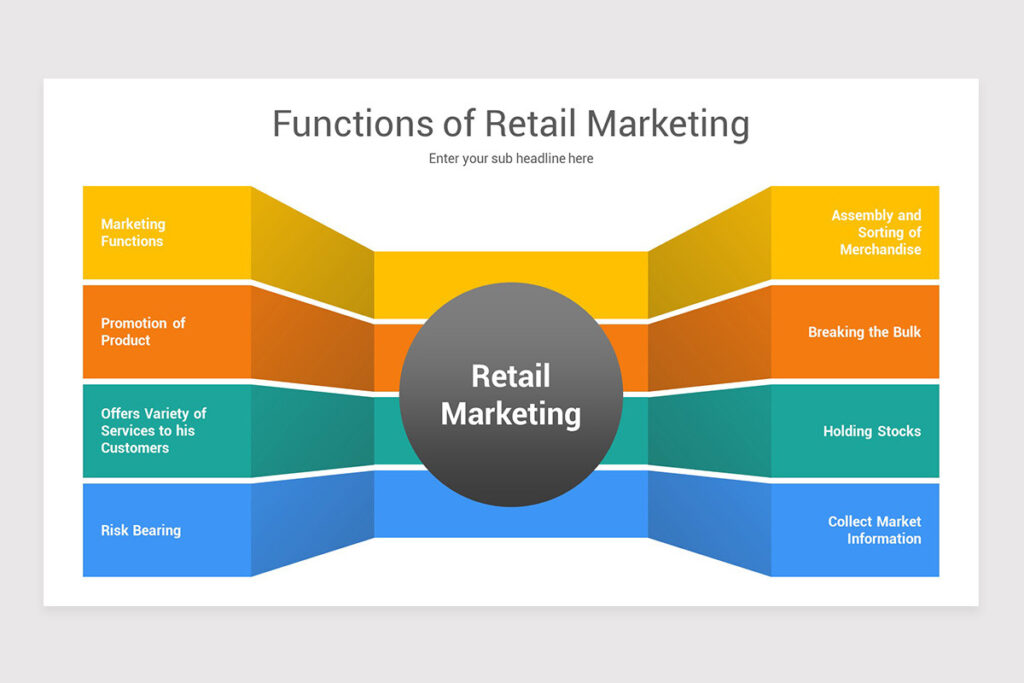
5 Essential Retail Marketing Tactics
Retail marketing helps businesses expand their reach, connect with customers and foster relationships while differentiating themselves from competition.
Retail marketing strategies that can increase customer awareness and sales growth include using influencers to promote products, popup stores and sample stations in-store. Such approaches could increase customer awareness while simultaneously driving up revenue growth.
Branding
Branding is how customers recognize products or stores. This recognition could range from the color of a logo to font used in slogans. Successful retail brands utilize branding as part of their retail marketing strategies to build customer loyalty and maximize lifetime customer value. Branding helps determine customers’ decisions when it comes to choosing which products or stores to visit.
Retailers looking to stand out from their competition must establish their own unique selling point (USP). Furthermore, they should create relationships with customers based on memorable experiences.
One effective strategy for doing this is through high-touch personalized shopping experiences like clienteling. Sales teams reach out directly to local customers with product launches or invites for special events; this promotes strong customer engagement that can result in higher average order values (AOV) and increased loyalty.
Retail marketing involves more than just products; it involves how a store presents them to consumers – including interior and exterior design, promotions and offers, product placements, strategic display placement and even store representatives’ behavior.
Retailers need to provide customers with a positive, consistent experience across all channels – both physical and online. Employees must understand the brand identity and be trained on when something falls outside its guidelines or needs addressing. Open lines of communication between marketing departments, sales managers, and all facets of the business ensure everyone remains on the same page.
Positioning
Retail marketing refers to the strategies retailers employ in order to promote their products and brands, with the purpose of building brand recognition, increasing customer loyalty and driving sales. Retail marketing tactics also focus on offering promotions which increase customer lifetime value; positioning products within stores to maximize visibility and accessibility is another component of retail marketing; for example placing them near checkout counters or high-traffic areas can increase chances of impulse buys.
Market positioning allows retailers to gain an edge against their rivals by creating an image in customers’ minds that stands out. This is accomplished by combining four elements of their marketing mix: product, price, place and promotion.
Positioning strategies should clearly highlight and communicate a unique value proposition to consumers, for instance Johnson’s baby shampoo could be presented as gentle for infants while Axe body spray might target men specifically.
Retailers can enhance product positioning by offering limited-time discounts and offers, which may increase impulse buying and boost short-term sales. However, this strategy could potentially alienate existing customers or damage a brand’s reputation – a risky approach nonetheless.
Enhancing product positioning through improved product quality can also help your business compete with lower-quality offerings from other retailers. For instance, if you sell low-price clothing items, using better fabric or adding extra features can make customers believe they’re receiving something of higher quality at the same price point.
Attracting Customers
Retail marketing tactics help enhance a customer’s purchase journey, whether online or in person. This could include loyalty programs offering discounts at checkout; buy-online-pick-in-store options enabling customers to test products directly before returning them; sample stations where customers can try cosmetics before purchasing; popup stores as temporary setups to introduce new products, promote brand awareness or explore new markets; as well as popup stores or temporary setups to introduce new offerings, increase brand recognition or explore unchartered territories.
Attracting customers to a retail store requires creativity, innovation and an in-depth knowledge of its market. Successful retail marketers possess extensive product knowledge that they can share with shoppers; answering any inquiries in such a manner that inspires trust while building relationships. Furthermore, successful retail marketing involves creating attractive visuals and an inviting customer experience – for instance the red rollback signs at Walmart that show price decreases or seasonal displays in clothing store windows are just two examples of such campaigns that create captivating customer experiences.
Modern customers expect high-touch, personalized shopping experiences, such as those offered by premium e-tailers like Moda Operandi and Net-a-Porter. Many such retailers provide services beyond the standard checkout process that offer gift customization and concierge-level customer service. Retailers can take advantage of this trend by creating programs which encourage customer referrals with rewards both parties involved can enjoy.
Gaining customers to visit your physical store can be one of the greatest challenges in retail. There are various strategies for drawing them in, ranging from using social media to create an engaged following and hosting community events to showcase your products to creating an email list and advertising special offers through this channel. Furthermore, targeted ads displayed when users near your retail location can also help drive customers in.
Loyalty Programs
Loyalty programs can be an invaluable asset to retailers in today’s highly competitive retail industry, both attracting customers and keeping existing ones. Loyal customers spend 67% more than new ones and it’s five times cheaper to retain existing ones than acquire new ones. Retailers can offer various rewards that entice customers back, such as exclusive sales/discounts/free gifts/merchandise and priority access to events; additionally a loyalty program provides invaluable zero/first party data that can be leveraged for retargeting/personalization/formation of partnerships among businesses.
Tier loyalty programs divide customers into different levels, each offering increasingly valuable rewards and perks. For instance, Nordstrom’s The Nordy Club features three levels – Member, Influencer and Ambassador – offering more valuable perks such as in-home styling services and access to exclusive events for members only. This approach can motivate members towards earning the next level more easily while simultaneously increasing engagement with the brand.
Customers-facing components of loyalty programs can also be made more engaging by adding game elements; examples include Nike Membership which enables members to earn rewards when purchasing certain products. Furthermore, any successful loyalty program should take into account how profitable different customer segments are – this way retailers incentivize those most likely to remain as customers by giving more of their wallet share to them!
Retailers that create loyalty programs should accurately estimate its costs, including costs associated with program launch and database creation and maintenance as well as rewards claimed by customers. It is also vital to inform participants that they must track purchases carefully to avoid losing accumulated benefits if their card, coins or tokens become lost, fail to present a valid receipt, or fail to present valid receipts at checkout.
Customer Service
Customer service is an essential aspect of retail marketing. According to Oxford Dictionary, customer service refers to any assistance and advice provided to customers when purchasing products. Retail customer service occurs across various environments such as supermarkets, newsagents and chemists as well as virtual venues like e-commerce spaces and apps; providing excellent service can set you apart from competitors while garnering repeat business and positive referrals from your customers.
Effective retail customer service requires understanding the needs and expectations of your target audience and offering solutions to meet those expectations. Being proactive rather than reactive means taking steps to prevent problems before they arise – Tesco uses loyalty card transactions to identify its most valued customers before sending personalized offers based on past purchases – this strategy has allowed it to increase customer retention while driving sales growth.
At your website, it’s also vitally important that all relevant customer-related information – like return policies, shipping costs, payment options, brick-and-mortar locations and sale details – is easily visible for customers so they can make informed decisions before approaching you for assistance; this empowers customers and gives your brand the chance to address negative experiences more quickly.
At a time when consumer markets are oversaturated with companies selling nearly identical products, exemplary customer service distinguishes businesses and sets them apart. Studies have demonstrated that nine out of ten consumers will pay extra for exceptional customer service experiences.
Step-by-step training on how to sell to retail chains!
We explain exactly how to do that and how to get started today. I’ve taught over 100,000 of companies over the years across the globe on how to get your products to the stores. And so we’re here to support you. Or please subscribe to our Youtube channel and or be on the lookout for additional training that we create.
We are here to expedite the process of generating revenue with your physical products and that’s what we’re all about. Take a look at our advanced training, live events, certification programs and so much more.
In this training, I will discuss some of the things to think about when approaching a retailer to sell your products and become a vendor. Hope it helps! 🙂
Karen Waksman,
Retail MBA
Questions? Contact Us!
1-855-Retail-2 (Call or Text)
Email: info@retailmba.com
Retail MBA provides a step-by-step formula on How to Sell to Major Retailers, Online Retailers, Smaller Retailers, Catalogs and More. No Experience Required! These solutions continue to convert for clients year-over-year! These are Time-Tested and Proven Strategies that we utilize ourselves when going after stores! Everything we teach, we test. Want access to these formulas? ANY one of our programs and coaching systems gives you access to them now. With that said…
Here are 5 Easy Ways to Work with Us:
1) Free Training – If You Would Like to Join Our Next FREE Webinar Training Called “Retail Chain Store Secrets – How to Sell to Major Retail Chains. No Experience Required” Then Sign Up NOW To Learn All About Selling into Retail Chains By Clicking Here!
2) Retail MBA Year Long Coaching and Training System – Our Year Long Coaching and Training System with Karen Waksman is POWERFUL! This is our most popular training and coaching system! We walk you through how to approach, pitch and sell to retail chains and we coach you along the way! Join us by Clicking Here!
3) Masterclass Intensives – Want to Join our Next 4 Week Elite Retail MBA Masterclass Intensive? These Intensives Are EPIC for people who Love Fast Paced Learning – Homework, Retail Coaching, Developing Your Strategy, Buyers Contacts and More! These Events Are Held Every Quarter. Join us by Clicking Here!
4) Done-for-You Program – If You Want Karen Waksman and Her Team to Reach Out to Your Top Dream Retail Chains On Your Behalf – And You Have a Retail-Ready Product, Check Out our Epic Done-For-You Service by Clicking Here!
5) In Person Events – If You Want to Learn LIVE and Meet Karen Waksman in Person at Our Next “America’s Next Retail Product: LIVE Event with Other Like-Minded Individuals in Beautiful San Diego, CA! We Would LOVE to Have You Join Us by Clicking Here!

Check Out Our Additional Blog Posts Here:
Retail Terms
Retail Terms – What are the payment terms typically offered by retail chains? Click Here to Learn More!
Retail Vendor
Retail Vendor – What are the common mistakes to avoid when selling to retail chains? Click Here to Learn More!
How to Sell Your Holiday Products to Retail Chains
New Training on How to Sell Your Holiday Products to Retail Chains
Ulta Beauty Vendor
Ulta Beauty Vendor – How to Sell to Ulta Beauty Stores. Click Here to Learn More!
Retail Strategy
Retail Strategy – How do I handle negotiations with retail chains? Click Here to Learn More!
